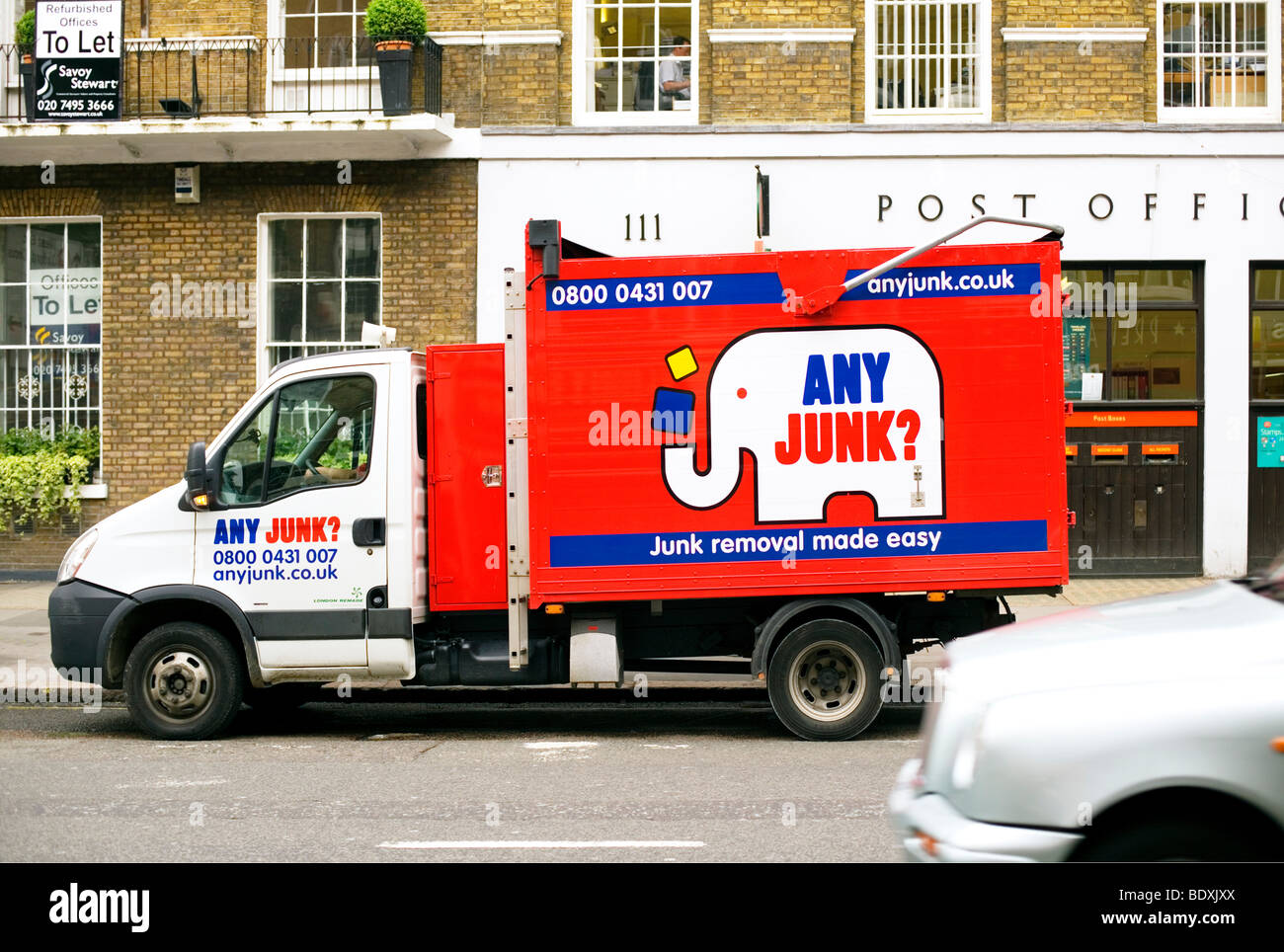Your Comprehensive Overview To Picking The Correct Dumpster Dimension For Any Job
Your Comprehensive Overview To Picking The Correct Dumpster Dimension For Any Job
Blog Article
Uploaded By-Galloway Snider
When starting a job that calls for a dumpster, the size you choose can substantially affect its performance and cost-effectiveness. Picture having the best container that accommodates all your waste without being exceedingly big or also little. Everything begins with comprehending the subtleties of your project and choosing a dumpster size that aligns with your specific needs. So, before you decide, take into consideration the elements at play to guarantee a smooth waste monitoring process from beginning to end.
Aspects to Consider
When picking the ideal dumpster size, there are numerous crucial aspects to consider.
Initially, think of the kind of waste you'll be disposing of. Different materials may need differing amounts of space, so recognizing what you'll be putting in the dumpster is essential.
Next off, evaluate the amount of waste you anticipate to produce. If you take too lightly the quantity, you may require to make multiple journeys to take care of everything, which can be inconvenient and pricey. On the other hand, renting out a dumpster that's as well huge can bring about unneeded expenses.
In addition, take into consideration the area where the dumpster will certainly be positioned. Guarantee there suffices area for the dumpster to be provided and picked up without any blockages.
Finally, consider any weight restrictions that may apply. Surpassing the weight restriction can result in added charges or perhaps the rejection of service.
Dumpster Dimension Options
For choosing the best dumpster dimension, it's important to have a good understanding of the offered options. dumpster remtal from 10 to 40 cubic yards, with variants in between.
A 10-yard dumpster is suitable for small projects like a garage cleanout or a tiny restoration. If you could try these out taking on a medium-sized job such as a kitchen area remodel or a basement cleanout, a 20-yard dumpster may be the best option.
For larger projects like a whole-house restoration or business building and construction, a 30 or 40-yard dumpster could be more suitable to fit the quantity of waste produced.
When choosing a dumpster size, consider the amount and type of particles you expect to take care of. It's far better to pick a slightly bigger dimension if you're not sure to stop overfilling. Keep in mind, it's even more economical to rent a dumpster that fits your requirements rather than having to order an extra one.
Matching Dimension to Project
Optimally matching the dumpster dimension to your job is crucial for reliable waste administration. To figure out the right size, think about the scope and nature of your project.
For small family cleanouts or renovations, a 10-yard dumpster may be sufficient. These are usually 12 feet long and can hold around 4 pickup truck lots of waste.
For larger tasks like redesigning numerous rooms or clearing out a big estate, a 20-yard dumpster may be more suitable. These are around 22 feet long and can hold approximately 8 pickup tons.
If you're taking on a major building and construction project or business renovation, a 30-yard dumpster could be the best fit. These dumpsters are about 22 feet long and can suit concerning 12 pickup truck loads of particles.
Matching the dumpster dimension to your task ensures you have enough area for all waste materials without paying too much for unused capability.
Conclusion
To conclude, picking the ideal dumpster size for your task is vital for reliable garbage disposal. By taking into consideration factors like the type and quantity of waste, area accessibility, weight restrictions, and budget constraints, you can guarantee you have the proper dimension dumpster for your needs. See to it to match the size of the dumpster to the scope and nature of your job to avoid overspending on unneeded expenses.
